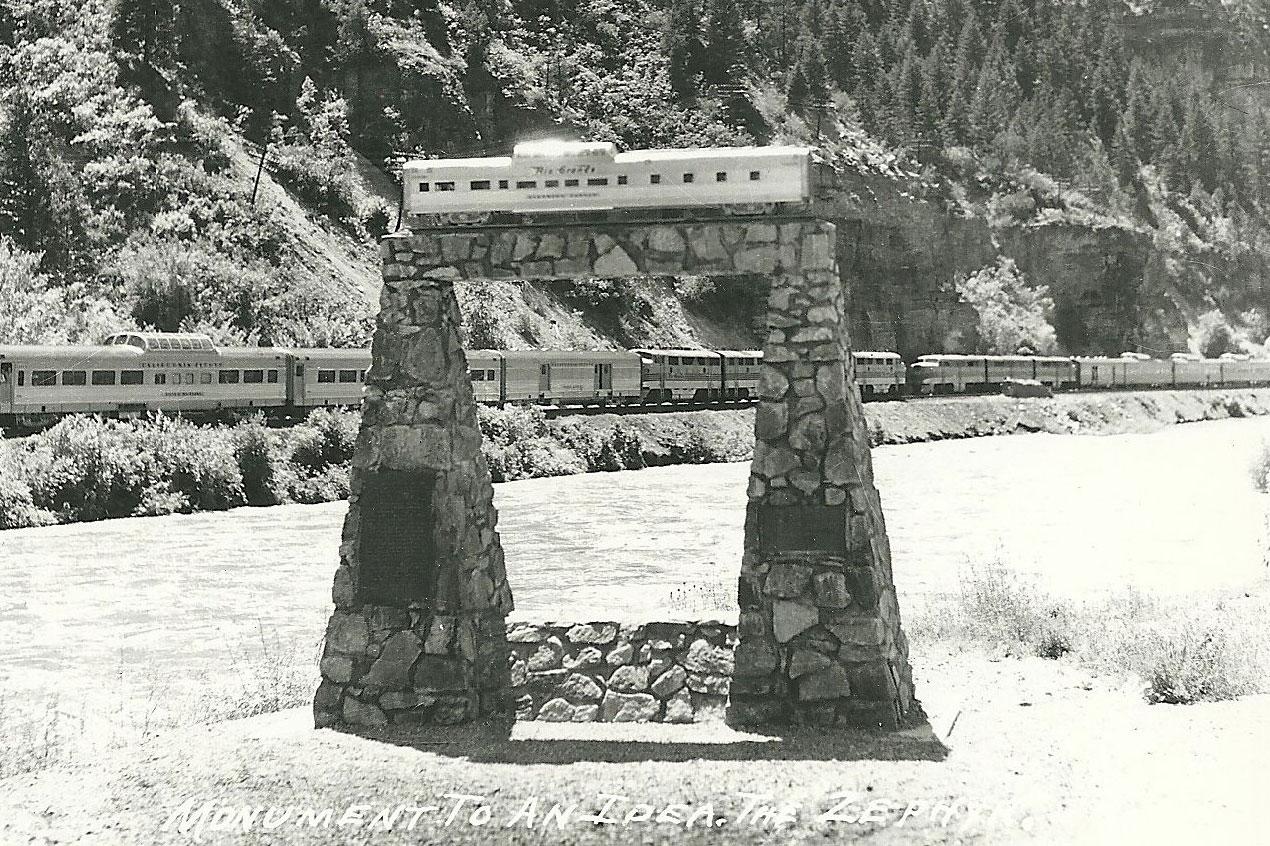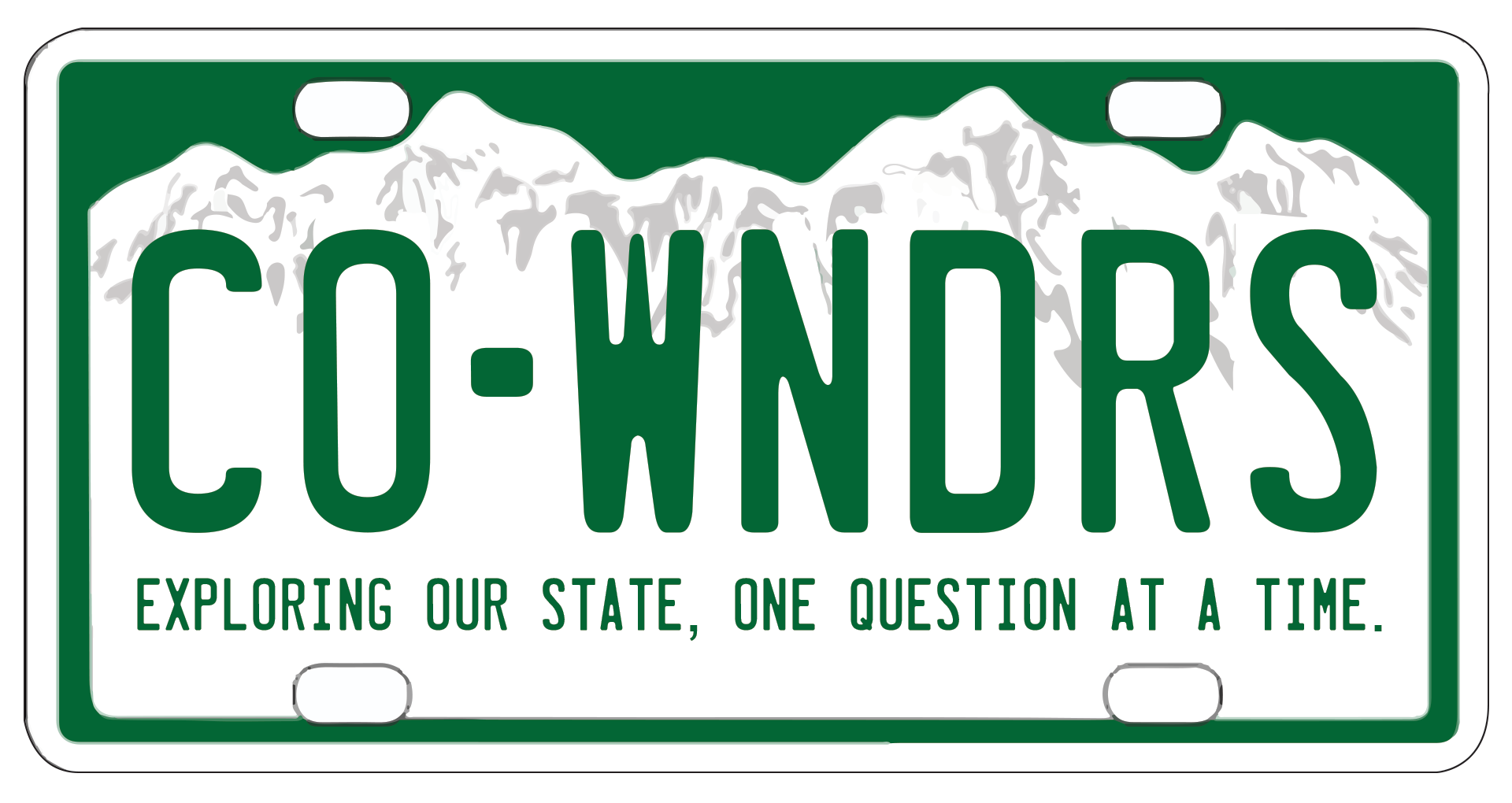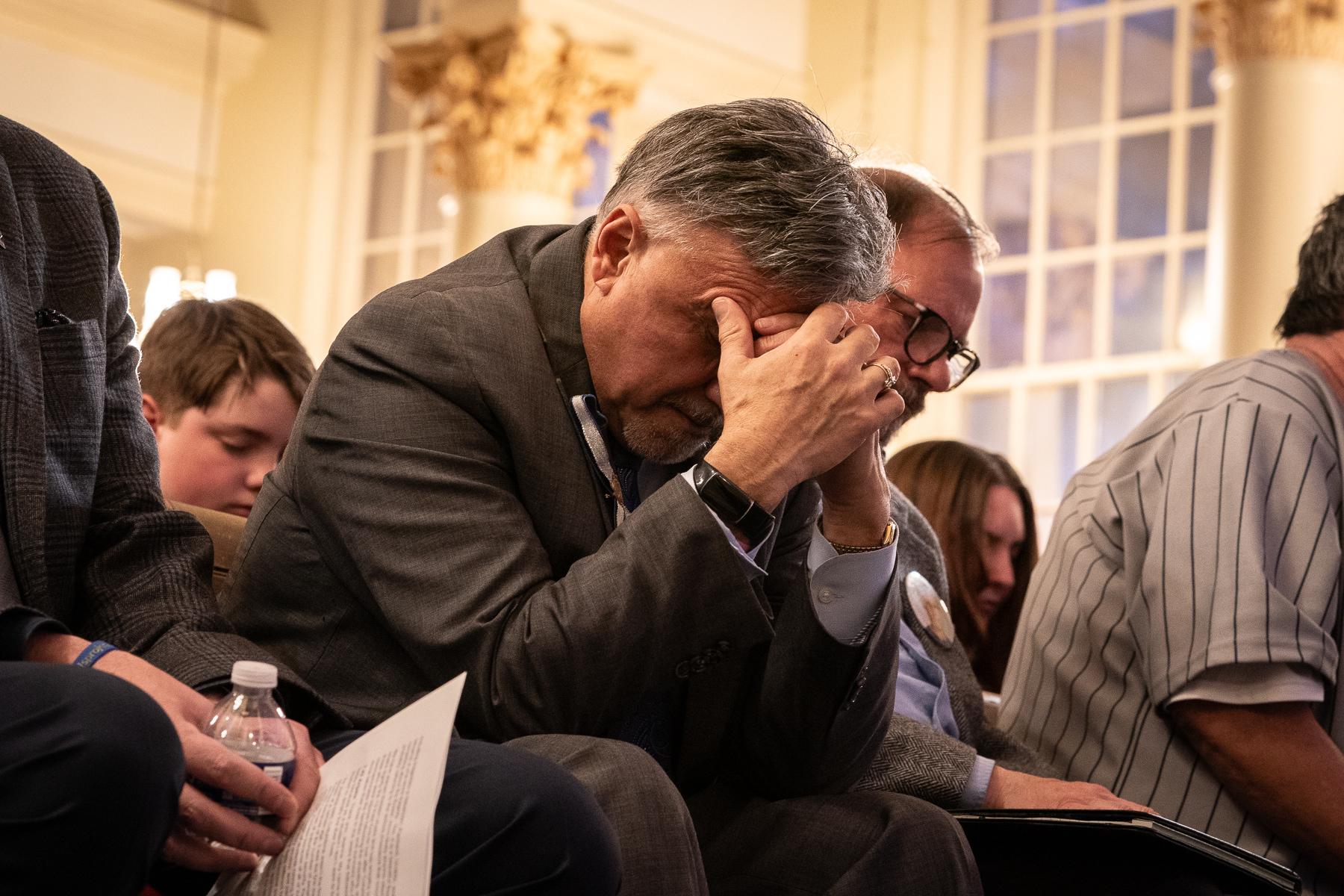
It’s taken the Colorado River a few million years to patiently carve the dramatic rock walls of Glenwood Canyon that we enjoy today. Mankind didn’t take quite as long to conquer it.
Railroads came first, in 1887. The first primitive state road trundled along in 1902. The “modern engineering marvel” that we know as I-70 was finally completed in 1992. Since the first locomotive steamed through the canyon, the train has been the best way to see the vistas — mostly because someone else is driving.
Every time 72-year-old Bob Seedroff of Grand Junction weaves his car through the canyon, he’s left with the suspicion that something is missing. He’ll ask his wife, “Whatever happened to that little train pedestal that was at the entrance to the canyon?”
When the family passed the spot where he remembered it to be, he’d point it out to the kids.
“They’d probably always think I was crazy,” he said.

When he was young, the sight of that small train meant his family’s 1955 Ford sedan was close to Glenwood Springs, where he and his brother would play in the famous pool while their dad fished nearby. Seedroff hasn’t seen that train in decades, so he asked Colorado Wonders to find it.
“I was afraid someone had stolen the thing,” he said. “You know, some vandals had come along and ripped it apart.”
The trail started at the Glenwood Springs Frontier Historical Museum.
In the archives, board member Sharon Haller produced a picture of a small silver train, maybe 10 feet long, mounted on two rock pillars, right next to the Colorado River. Below sits a rocky bench with a smiling woman in heels and a 1950s skirt.
Seedroff wasn’t crazy, the train on a pedestal does exist.
Just as Haller explained she didn’t know why monument was installed in the first place, her friend Barry Dunsdon walked in. She asked. He answered.
The car was erected “so they could advertise the California Zephyr,” he said, matter-of-factly.

Over the years, the California Zephyr, in all its forms, has been the stately queen that rules the scenic rail route through Glenwood. It was the striking beauty of the canyon that gave General Motors Vice President C.R. Osborn the idea of the Vista Dome car — which would become the signature piece of the Zephyr.
The tale goes that Osborn was in the fireman’s seat of the locomotive when it came to him that passengers should have the same unobstructed view. The stainless steel coaches with a sectional glass dome centered on top were built in Philadelphia by the Edward G. Budd Manufacturing Company.
Zephyr Vista Dome service between San Francisco and Chicago started March 21, 1949.
A year later, the Rio Grande railroad, alongside General Motors, built a stone arch with a replica Vista Dome car atop it near the site of Osborn’s eureka moment. A plaque affixed to one of the rocky columns explains the history. The train car and pedestal weighed 29 tons and stood near the Colorado River at Grizzly Creek.
Dunsdon, who’s now 70 and grew up in Glenwood Springs, said it was a well-known landmark for his family.
“We’d have picnics under it all the time,” he said.
Dunsdon talked about that monument so much that his wife bought him a painting of it a few years ago. Though he doesn’t remember the little car train’s installation, he definitely remembers how sad he was when it was gone. It was sometime in the early ‘80s.

“I was driving through the canyon every day, and all of a sudden, it just disappeared.”
But it wasn’t lost, stolen or destroyed. It was saved. Charles Albi helped.
“The car had been subject to target practice by a passing motorist,” said Albi, a former executive director of the Colorado Railroad Museum in Golden.
After the monument was shot at, it was moved into storage. Later, there was no room for it as the new I-70 was built and many of the traditional pull outs were turned into rest and nature areas. Today, Grizzly Creek is the last rest stop heading west before you get to No Name and finally, Glenwood Springs.

Now, the “Monument to an Idea” stands proudly outside the garden railroad at the Colorado Railroad Museum. It was donated to the museum, where Albi watches it still capture people’s attention today.
“It’s one of our major attractions,” he said.
That’s especially true for those whose who remember it from the canyon, back when the road was so low the river would sometimes lap at cars’ tires. That includes people like Bob Seedroff, who’d never seen a photo of the train car before.
“That’s it!” he exclaimed, looking at a black-and-white image from the ‘50s. “You’ve found it!”
Are you curious about something in the Centennial State? Ask us a question via Colorado Wonders and we’ll try to find the answer.









